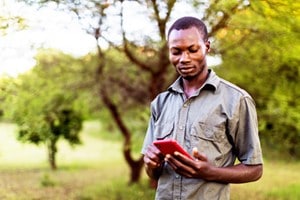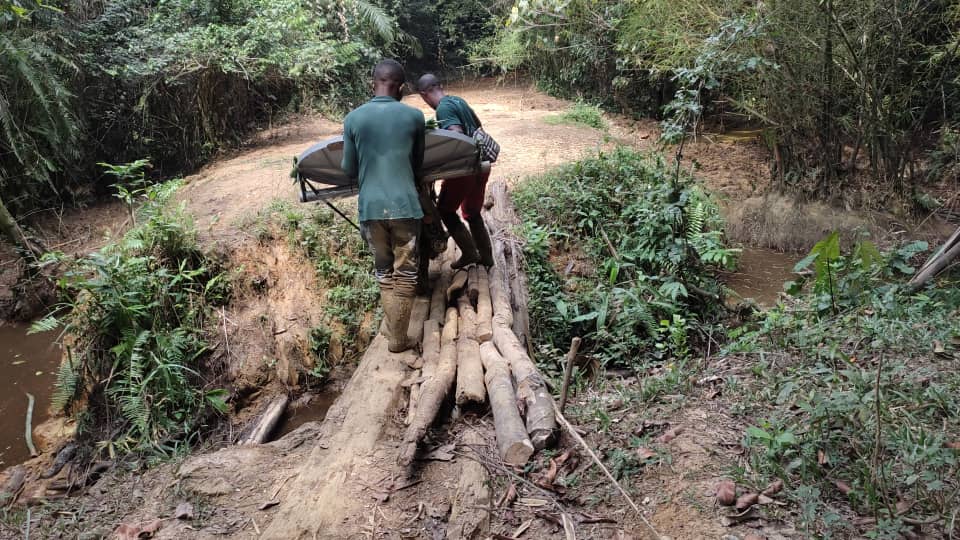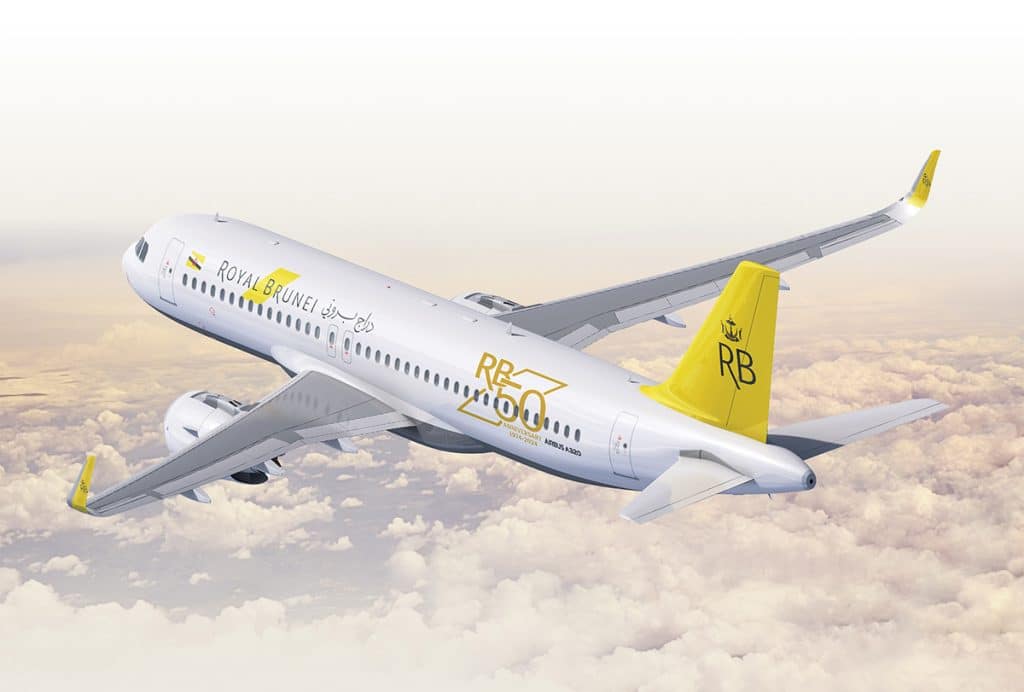2017 Outlook for Africa
Telecom and Media Markets in Africa will embrace the unique opportunity of Mobile growth
By Arsene Sol-Loza, Senior Principal Regional Marketing Manager, Africa
Africa is the world’s fastest growing mobile phone market, yet over 300 million of the continent’s 1.13 billion residents still lack access to cell phones and the Internet. The rapid expansion of the mobile market – the number of people with smartphones has nearly doubled in the past two years to 226 million – is changing how television and other media companies deliver content to consumers. At the same time, mobile operators see tremendous opportunities for growth if they can connect the remaining 300 million Africans who live mostly in rural areas.
The new high-throughput satellites (HTS) such as Intelsat’s EpicNG satellites will play a major role in both delivering content to mobile subscribers and connecting consumers who don’t yet have service given higher performance, better economics, and new hardware and services that enable simple access to connectivity. The overall use of satellite capacity in sub-Saharan Africa has been increasing right along with mobile connectivity, growing an average of 11% annually for the past five years, and it is expected to continue at that same rate for the next five, according to Euroconsult.
Consumer data demand is driven by the need to communicate, innovative online services and rich-form entertainment. There is a wide gap today between consumers’ ultimate aspirations and existing supply of connectivity.
The biggest innovation in the African market in 2017 will be the availability of high-throughput beams in both C and Ku-band such as Intelsat 33e beams, the newest EpicNG platform. Mobile operators will be able to give customers fiber-like experience using satellites, and this will both drive market expansion and increase data use per customer.
Expanding and increasing the performance of the terrestrial network, using satellite-based solutions, supports the growth of content delivery. The delivery of over-the-top (OTT) content is thriving in Africa, driven by smartphone penetration and the rollout of 3G and 4G networks. With smartphone ownership expected to double to 550 million users by 2020, media companies are delivering content formatted both for traditional TV sets and for on-the-go mobile viewing.
A project that Intelsat just completed with Vodacom illustrates the challenge of connecting rural African communities and how satellite is the best answer to connect the unconnected. Vodacom, based in South Africa, was licensed to provide service in the Democratic Republic of the Congo, a nation of 81 million in the heart of the continent. The many widespread rural villages in rugged mountain terrain made a terrestrial network cost prohibitive. A lack of paved roads and power grids made access difficult for building and maintaining large base stations that could provide rural coverage. Vodacom decided that the best means of rapid deployment of a network was building small, solar powered terminals connected by satellite.
Vodacom partnered with Intelsat to design, manage and install a network of 800 rural sites connected to our Intelsat 28 satellite. By using small, portable solar powered base stations and antennas, Vodacom minimized its capital expenditures.
Vodacom said each rural site became profitable almost immediately as village residents began using mobile phones for the first time. Congolese who had never had a communication device or even electricity suddenly had mobile phone service. The company’s cost per bit will be reduced once Intelsat 33e goes into service in early 2017. The EpicNG platform is designed to be backward compatible with existing ground terminals so Vodacom will not have to upgrade its existing base stations to take advantage of the higher-throughput capabilities.
Satellites are also making possible the spread of banking in Africa. Banks are opening more and more branches outside of urban areas and using VSAT platforms to connect the banks and their ATMs to central processing centers.
Africa’s broadcasters will also benefit from the mobile expansion. Many African countries are already looking into using satellite capacity to complement their terrestrial networks. The gradual shift to digital television will continue in 2017 and could accelerate as media companies tap into the viewership opportunities created by growth of the mobile phone market. Fewer than half of African households have large-screen televisions, with smartphones the preferred screens for watching many TV programs. This will further increase the pressure on building out a wireless infrastructure that can scale technically and economically.
Africa offers tremendous opportunities for mobile network operators and media distributors to reach new markets and bring entertainment, education, telemedicine and other services to consumers. Because of the continent’s vast size and rugged terrain, satellites will continue to play a key role in that growth.






















